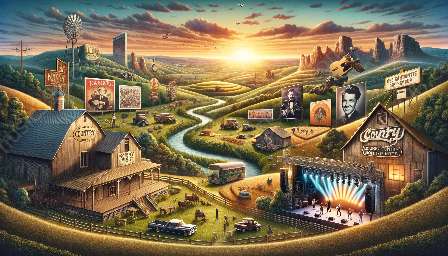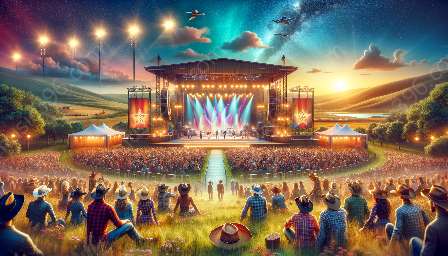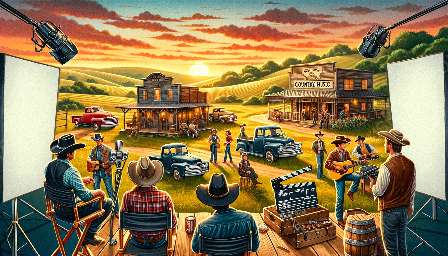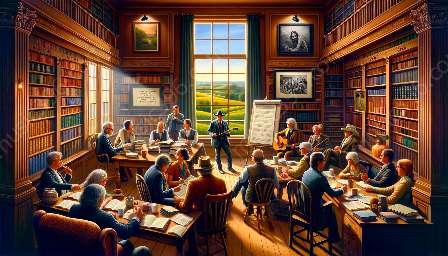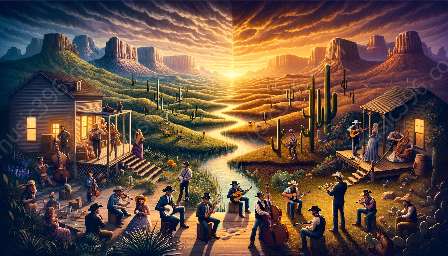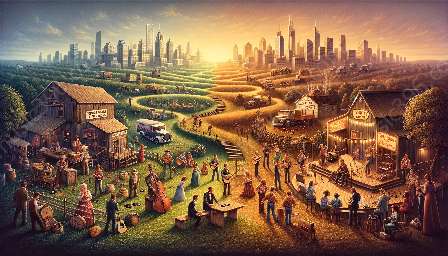Country music has a rich history of milestones in production and distribution, reflecting the genre's evolution and development. From the early days of traditional folk songs to the modern era of digital streaming, the industry has seen significant changes in how music is produced and disseminated. Understanding these milestones offers insight into the cultural and technological shifts that have shaped the country music landscape.
Early Years: Folk Roots and Regional Influence
Country music has its origins in the folk traditions of the early settlers in the Appalachian region of the United States. The music was initially passed down through oral traditions, with songs reflecting the everyday lives and struggles of rural communities. Early milestones in production were centered around live performances, local radio broadcasts, and the emergence of recording technology in the early 20th century. These developments allowed country music to reach a wider audience, leading to the first commercial recordings by country artists.
Radio and the Birth of the Grand Ole Opry
The rise of radio in the 1920s and 1930s played a pivotal role in the distribution of country music. Programs like the Grand Ole Opry, which first aired in 1925, became cultural institutions and provided a platform for emerging country artists to showcase their music. These live radio broadcasts helped popularize country music across the United States, fueling demand for recordings and launching the careers of legendary artists such as Hank Williams and Patsy Cline. The success of radio played a crucial role in shaping the production and distribution of country music.
Record Labels and the Nashville Sound
In the mid-20th century, the establishment of major record labels in Nashville, Tennessee, gave rise to the influential Nashville Sound. This production style, characterized by polished arrangements and lush orchestration, transformed country music into a mainstream phenomenon. The success of artists like Patsy Cline, Johnny Cash, and Dolly Parton during this era underscored the impact of record labels on shaping the sound and distribution of country music. The availability of vinyl records and later, cassette tapes, further expanded the reach of country music to international audiences.
Evolution: Digital Revolution and Streaming Platforms
The digital revolution of the late 20th century brought about seismic changes in the production and distribution of country music. The transition from physical media to digital formats revolutionized the industry, with digital recording technology allowing for new levels of creativity and production. Furthermore, the rise of streaming platforms such as Spotify and Apple Music has fundamentally altered how fans access and consume country music. This shift has prompted artists and record labels to adapt their production and distribution strategies to meet the demands of the digital age.
Conclusion
The milestones in country music production and distribution reflect an ongoing story of innovation and adaptation. From the early days of regional folk traditions to the global reach of digital streaming, the industry has continuously evolved to meet the changing needs of artists and audiences. Understanding these milestones provides a deep appreciation for the cultural and technological forces that have shaped country music into the beloved genre it is today.










